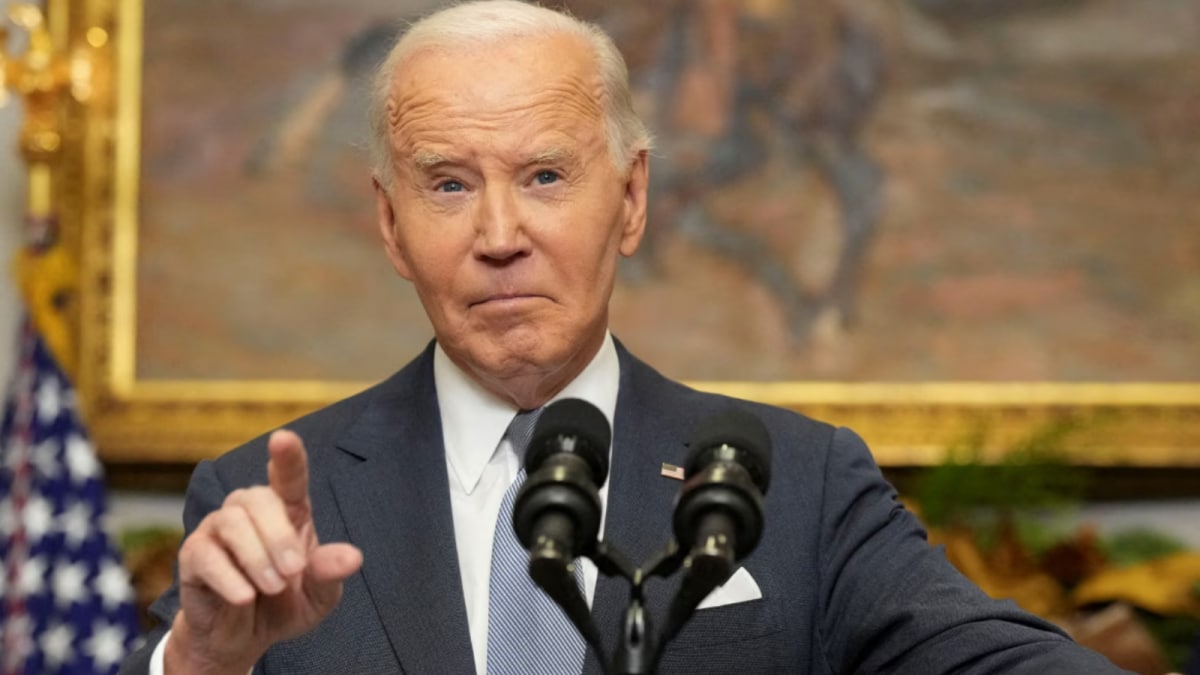Last Updated:May 21, 2025, 12:17 IST
Once inside Kartarpur, recruits are invited to private dinners and their photos and videos are clandestinely captured with Pakistani officials—material later used as leverage

The management of the Kartarpur Sahib complex is under the Evacuee Trust Property Board (ETPB), a body historically linked with ISI operations. (AFP)
The Kartarpur Sahib Corridor—hailed as a historic religious initiative—has allegedly become a covert theatre for Pakistan’s Inter-Services Intelligence (ISI) to wage a new form of hybrid warfare. Intelligence sources claim that the corridor is being systematically exploited to identify, recruit, and groom Indian citizens, including influencers like Jyoti Malhotra, to act as ideological assets and informants under the veneer of religious outreach.
Sources say the management of the Kartarpur Sahib complex is under the Evacuee Trust Property Board (ETPB), a body historically linked with ISI operations. The replacement of the Sikh-run Pakistan Sikh Gurdwara Prabandhak Committee (PSGPC) with the ETPB has allowed Pakistani intelligence unprecedented access and control over pilgrim activities.
Sources allege that the ISI uses this access to monitor and engage with pilgrims during religious congregations—particularly during langars, prayer services, or rest periods. Through hidden cameras, listening devices, and surveillance software embedded in public Wi-Fi stations, Pakistani agents reportedly gather data on attendees’ political views, emotional vulnerabilities, and socio-economic struggles.
Psychological Manipulation
Much like the recruitment tactics used to enlist The Resistance Front (TRF) cadres in Kashmir, ISI targets individuals who exhibit ideological discontent or have emotional baggage—especially those with family separation trauma from Partition. These individuals are often promised humanitarian assistance or financial aid to exploit their loyalty and turn them into assets.
Malhotra, with her increasing social influence and a perceived anti-establishment streak, reportedly fit ISI’s profile for an “organic ideological fighter". Her access to influential circles and her YouTube presence made her a high-value target. Pakistani handlers like Ehsan Dar, posing as visa coordinators or cultural liaisons, began engaging Malhotra under the guise of Sikh-Pakistani friendship. She was allegedly introduced to intelligence personnel who offered media support, funding, and a platform to amplify narratives downplaying India-Pakistan tensions and subtly promoting Pakistan’s stance on Kashmir.
Her grooming reflects ISI’s strategic shift from overt espionage to subtle ideological influence—hybrid warfare that mixes propaganda with human intelligence.
How Targets Are Chosen
ISI is said to maintain databases on Indian citizens, sourced through social media monitoring and cross-border intelligence. Individuals in sensitive occupations—such as defence, journalism, and government service—especially from Punjab and Jammu—are pre-identified. Their posts, friends, financial difficulties, or emotional expressions online are assessed for vulnerability.
Once inside Kartarpur, recruits are often invited to private dinners or offered “assistance." Their photos and videos are clandestinely captured with Pakistani officials—material later used as leverage. Some, like the student Devendra Singh Dhillon, were emotionally manipulated during their visits, later coerced into passing on sensitive information.
The Digital Trail of Espionage
To communicate, handlers allegedly instruct recruits to use encrypted messaging apps like Telegram or WhatsApp with pseudonyms such as “Brother Singh" or “Gurpreet Kaur." These aliases are used to exchange location data, photos of military installations, and intelligence on corridor activities.
In 2019, Indian citizen Vipin Singh was arrested for leaking Kartarpur Corridor construction details and Indian Army movements in exchange for Rs 10 lakh. These cases show a pattern of ISI leveraging religion, digital vulnerability, and monetary inducements to develop a network of ideological and strategic operatives.
Scrutiny on Sikh Jatha Organisers
Indian intelligence agencies are also reportedly scrutinising individuals like Harkirat Singh, a coordinator who arranges Sikh pilgrimages. Some coordinators are suspected of facilitating introductions between vulnerable pilgrims and Pakistani intelligence agents, either knowingly or under coercion.
The Kartarpur Corridor was intended as a bridge of peace, allowing Indian Sikhs visa-free access to one of their holiest shrines. But under the surface, evidence suggests it has become a calculated conduit for cross-border psychological operations.
Location :Islamabad, Pakistan
First Published:News india Kartarpur’s Shadow Network: How ISI Cultivates Spies Like Jyoti Malhotra | Exclusive

 7 hours ago
7 hours ago

















